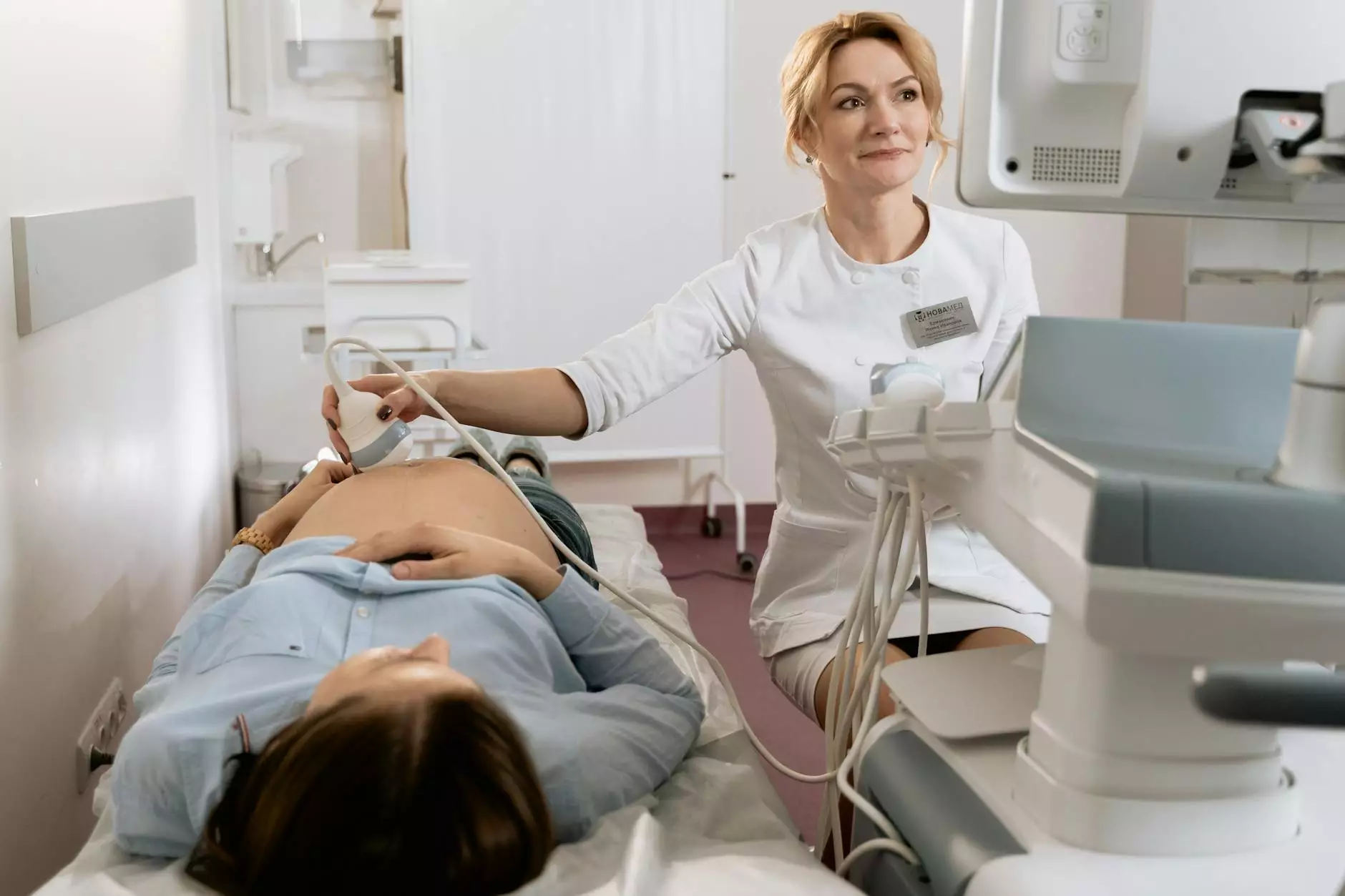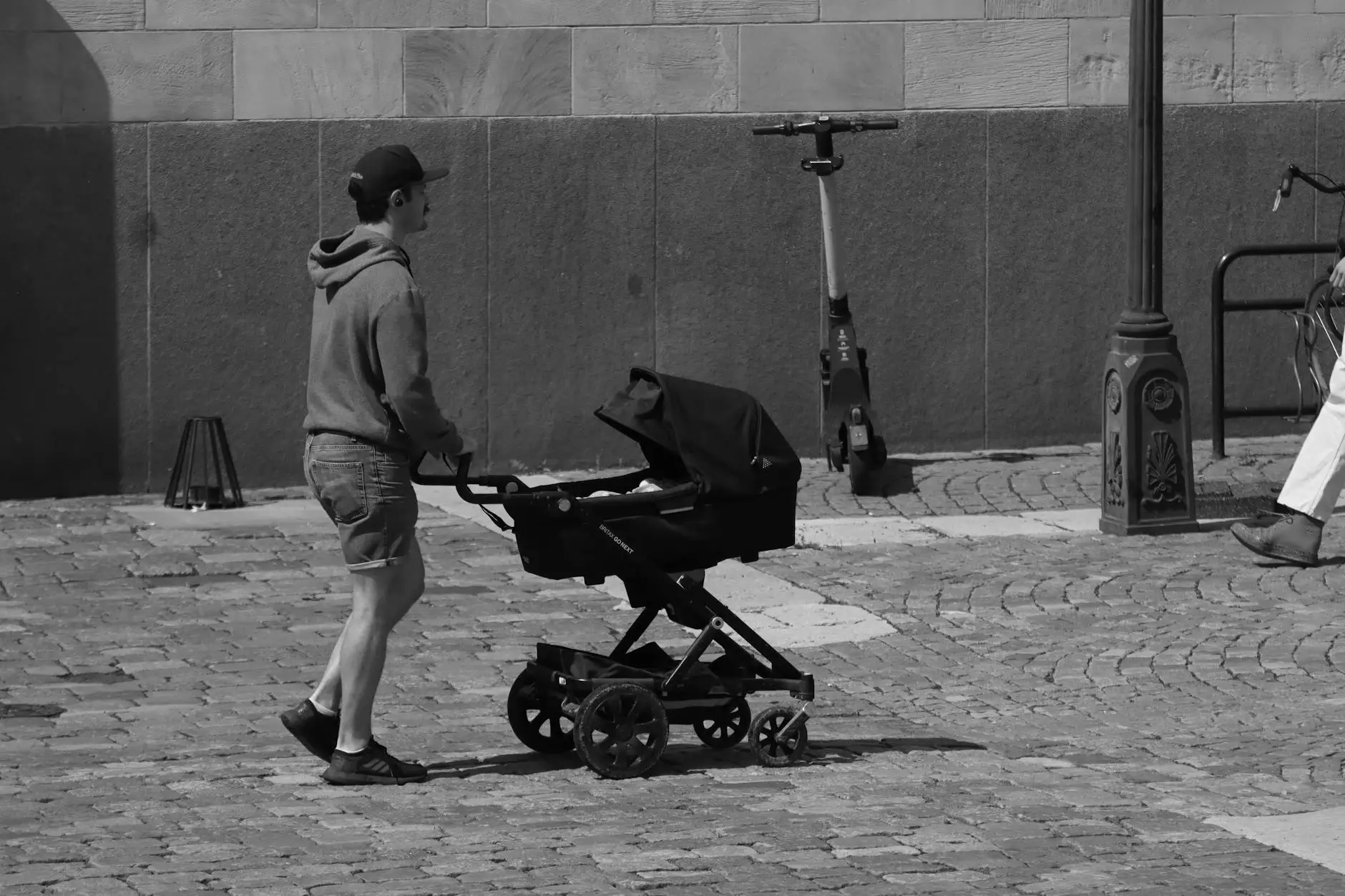Understanding Diastasis Recti in Singapore: Causes, Treatment, and Prevention

Diastasis recti is a condition that affects many individuals, particularly women post-pregnancy. But what exactly is diastasis recti, and why is it essential to address this condition promptly? In this article, we will explore the implications of diastasis recti in Singapore, focusing on its causes, symptoms, treatment options, and preventive measures.
What is Diastasis Recti?
Diastasis recti refers to the separation of the rectus abdominis muscles along the midline of the abdomen. This condition often occurs during pregnancy when the growing uterus exerts pressure on the abdominal muscles, causing them to stretch and separate. Although it is most commonly associated with postpartum women, men and children can also experience diastasis recti due to obesity or certain medical conditions.
Causes of Diastasis Recti
Several factors contribute to diastasis recti, including:
- Pregnancy: Hormonal changes and the physical strain of carrying a baby can lead to muscle separation.
- Obesity: Excess body weight can increase pressure on the abdominal wall, exacerbating the condition.
- Aging: Natural aging can weaken the connective tissue, making anyone more susceptible.
- Frequent Heavy Lifting: Lifting heavy weights without proper technique can strain the abdominal muscles.
- Certain Medical Conditions: Conditions such as Ehlers-Danlos syndrome may lead to weaknesses in connective tissues.
Symptoms of Diastasis Recti
Symptoms can vary among individuals, but common signs include:
- Visible Bulge: A noticeable bulge in the middle of the abdomen, especially when straining or during physical activity.
- Lower Back Pain: Weak core muscles lead to instability, which can result in pain.
- Difficulty with Certain Movements: Activities like sit-ups, lifting, or twisting may become challenging.
- Changes in Posture: Individuals may find themselves slouching or adopting poor posture.
- Digestive Issues: Some individuals report bloating or constipation.
The Importance of Seeking Treatment
Ignoring diastasis recti can lead to long-term complications. Beyond aesthetics, untreated diastasis recti can result in:
- Chronic Pain: Weak abdominal muscles can increase the strain on the back and pelvis.
- Incontinence: Abdominal muscles play a crucial role in bladder control.
- Hernia: A significant separation may lead to hernias, which require surgical intervention.
Diagnosis of Diastasis Recti
Diagnosis typically involves a physical examination by a trained health professional. Physiotherapists often use the following methods:
- Palpation: Feeling along the midline of the abdomen to assess the degree of separation.
- Visual Assessment: Observing the abdominal wall during various movements.
Treatment Options for Diastasis Recti in Singapore
Treatment for diastasis recti primarily focuses on strengthening the core muscles and restoring integrity to the abdominal wall. Here are some effective treatment approaches:
1. Physiotherapy and Exercise
Working with a physiotherapist in Singapore, especially one specializing in postpartum rehabilitation, is crucial. Treatment may include:
- Specific Exercises: Tailored exercises like pelvic tilts, bridge lifts, and modified crunches designed to strengthen the core without straining the abdominal muscles.
- Education: Learning safe lifting methods and how to engage the core properly during daily activities.
- Posture Correction: Techniques to improve posture can alleviate pressure on the abdominal wall.
2. Surgical Options
In severe cases where non-surgical methods fail, abdominoplasty (tummy tuck) may be considered. This surgical procedure effectively repairs the separation of the abdominal muscles, offering both aesthetic and functional benefits.
3. Insurance Coverage and Affordable Care
In Singapore, some health insurance plans may cover physiotherapy for diastasis recti treatment. Always check with your provider to understand your options and consider visiting clinics like hellophysio.sg that offer comprehensive services and assessments to aid recovery.
Preventing Diastasis Recti
Preventive measures can significantly reduce the risk of developing diastasis recti:
- Strength Training: Focus on core strengthening exercises during and after pregnancy.
- Avoiding Heavy Lifts: Use proper techniques when lifting heavy items.
- Mindful Movements: Understand how to engage your core when performing daily activities.
- Education: Seek guidance from qualified physiotherapists on how to maintain a strong core.
Your Path to Recovery
If you are experiencing signs of diastasis recti or suspect you might have it, it’s crucial to take the first step towards recovery. Early intervention can lead to better outcomes and a quicker return to your normal activities.
Visit hellophysio.sg for expert guidance and personalized treatment plans tailored to your unique situation. Our team of professionals is dedicated to helping you regain core strength and improve your overall fitness.
Conclusion
Diastasis recti is a common and manageable condition that affects many individuals, particularly postpartum women. By understanding the causes, symptoms, and treatment options available in Singapore, you can take proactive steps to address this condition and prevent future complications. Prioritize your health and well-being by seeking support from professionals when needed.
With the right care and management, it is entirely possible to restore your abdominal integrity and enjoy a pain-free, active life. Don’t hesitate to reach out to experts and take charge of your recovery journey today!
diastasis recti Singapore








